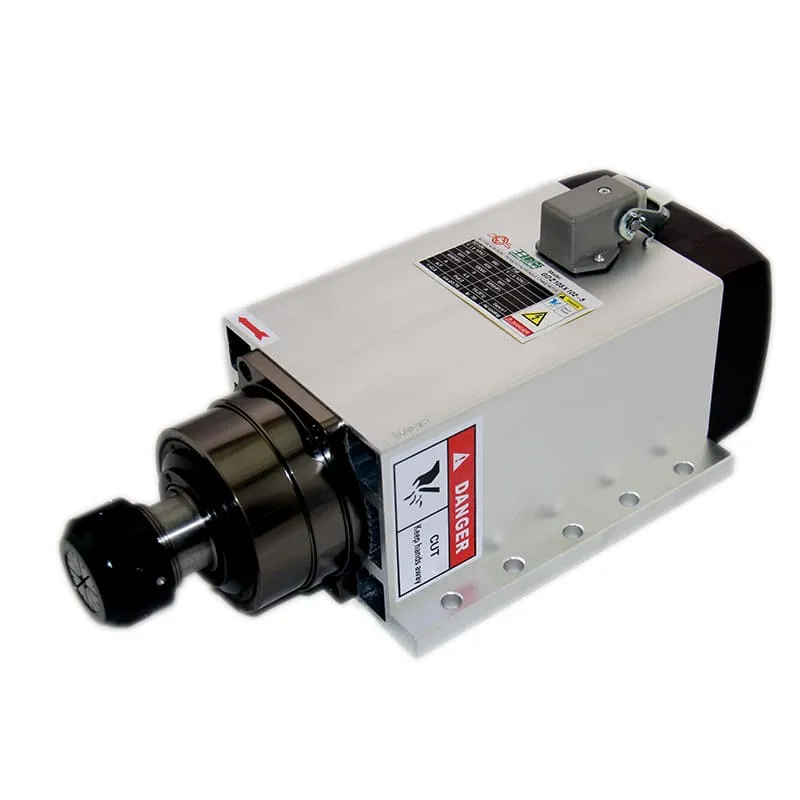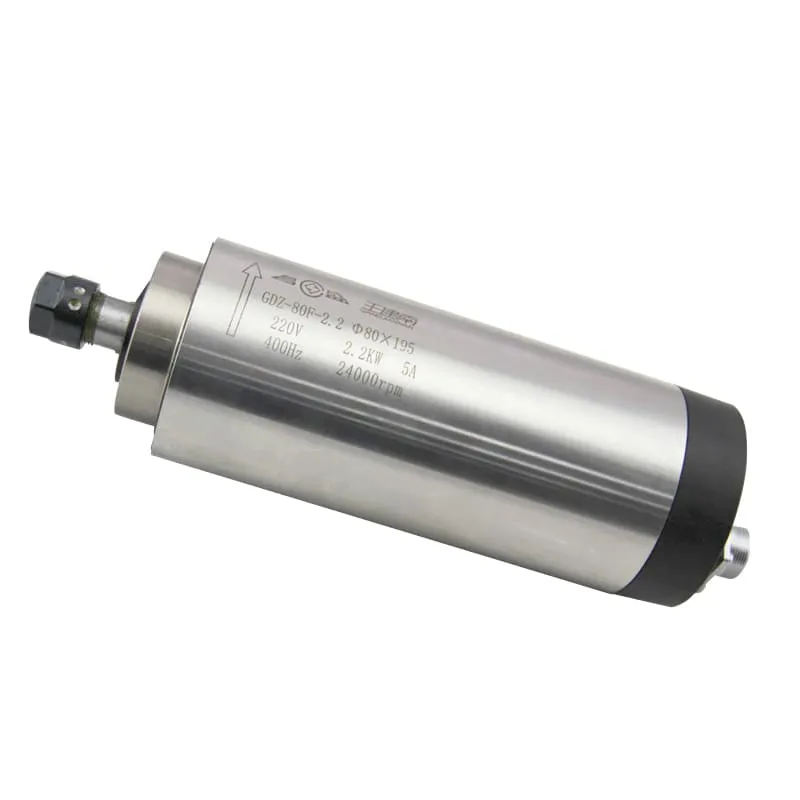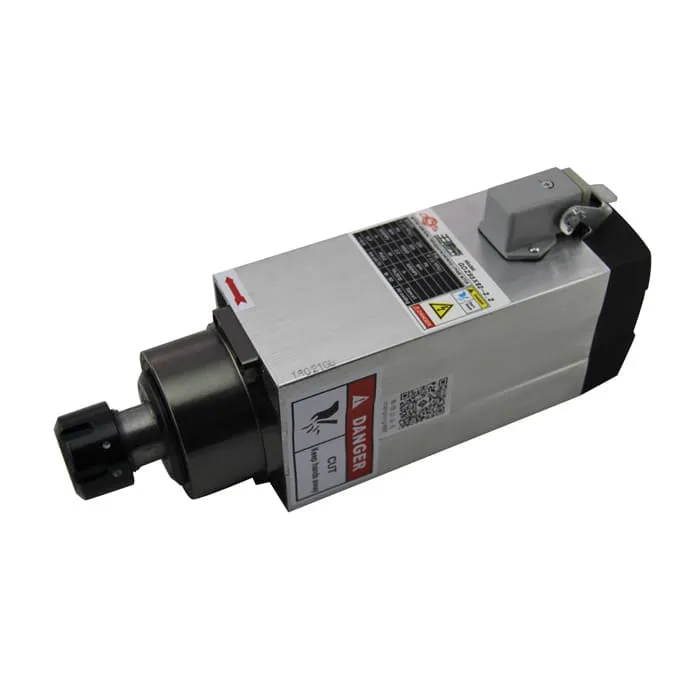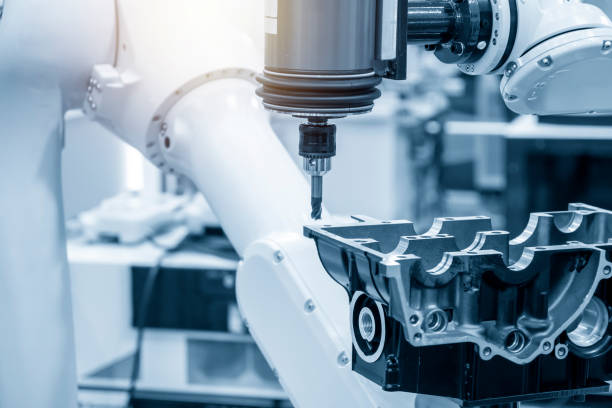How Many Types of CNC Programming Are There: A Comprehensive Guide
In the world of modern manufacturing, Computer Numerical Control (CNC) programming plays a pivotal role in transforming digital designs into physical products. But just how many types of CNC programming are there? This comprehensive guide will explore the diverse landscape of CNC programming methods, helping you understand the options available and choose the best approach for your manufacturing needs.
Understanding CNC Programming Basics
Before we dive into the various types of CNC programming, it’s essential to grasp the fundamentals. CNC programming is the process of creating a set of instructions that tell a CNC machine how to move and operate to produce a specific part. These instructions, often referred to as G-code, control everything from the machine’s movements to its cutting speed and tool changes.
The Three Main Types of CNC Programming
While there are numerous approaches to CNC programming, they can be broadly categorized into three main types:
- Manual Programming
- Conversational Programming
- Computer-Aided Manufacturing (CAM) Programming
Let’s explore each of these in detail.
Manual Programming: The Traditional Approach
Manual programming, also known as G-code programming, is the most basic and traditional form of CNC programming. In this method, programmers write G-code directly, line by line, to control the machine’s movements and functions.
Advantages of Manual Programming:
- Complete control over machine movements
- Ideal for simple parts or small production runs
- Doesn’t require expensive software
Disadvantages:
- Time-consuming for complex parts
- Requires in-depth knowledge of G-code
- Prone to human error
Manual programming is still widely used, especially in shops that produce simple parts or have experienced programmers who can quickly write efficient code.
Conversational Programming: User-Friendly Interface
Conversational programming bridges the gap between manual programming and CAM software. It uses a more user-friendly interface where the programmer inputs part dimensions and features through a series of prompts or menus.
Advantages of Conversational Programming:
- Easier to learn than manual G-code writing
- Faster for simple to moderately complex parts
- Built-in error checking and optimization
Disadvantages:
- Limited to the features available in the interface
- May not be suitable for very complex geometries
- Machine-specific, not easily transferable between different CNC machines
Conversational programming is particularly popular in job shops and for prototyping, where quick turnaround times are essential.
CAM Programming: Advanced Software Solutions
Computer-Aided Manufacturing (CAM) programming uses sophisticated software to generate CNC programs from 3D models or 2D drawings. This method has become increasingly popular due to its efficiency and capability to handle complex geometries.
Advantages of CAM Programming:
- Capable of handling complex 3D geometries
- Automated tool path generation and optimization
- Simulations to check for errors before running the actual machine
Disadvantages:
- Requires significant investment in software and training
- May generate less efficient code for simple parts compared to manual programming
- Dependence on the software’s capabilities and limitations
High-performance spindles are often utilized in conjunction with CAM programming to achieve the precision and speed necessary for complex parts.

Specialized Types of CNC Programming
Beyond the three main categories, there are several specialized types of CNC programming:
1. Parametric Programming
Parametric programming allows for the creation of flexible, adaptable programs using variables and mathematical equations. This method is particularly useful for families of parts with similar features but different dimensions.
2. Macro Programming
Macro programming involves creating custom subroutines or “macros” that can be called upon within a CNC program. This method can significantly reduce programming time for repetitive operations.
3. Feature-Based Programming
Feature-based programming focuses on defining the features of a part (such as holes, pockets, or contours) rather than the specific tool paths. The CNC control then determines the best way to machine these features.
4. Graphical Programming
Graphical programming uses a visual interface where the programmer can draw the part directly on the CNC control screen. The control then generates the necessary G-code.
The Role of Post-Processors in CNC Programming
Post-processors play a crucial role in translating the generic CNC program into machine-specific code. They ensure that the program is compatible with the particular CNC machine and control system being used.
CNC router spindles often require specific post-processors to optimize their performance and take full advantage of their capabilities.

Choosing the Right CNC Programming Method
Selecting the appropriate CNC programming method depends on several factors:
- Part complexity
- Production volume
- Available resources (time, software, expertise)
- Machine capabilities
- Industry-specific requirements
For instance, high-precision spindles used in aerospace or medical industries may require more advanced programming methods to fully utilize their capabilities.

The Future of CNC Programming
As technology continues to advance, we’re seeing new trends in CNC programming:
AI-Assisted Programming
Artificial Intelligence is being integrated into CAM software to optimize tool paths, predict machining issues, and even suggest design improvements.
Cloud-Based Programming
Cloud-based CNC programming solutions allow for collaborative work, real-time updates, and access to vast computing resources for complex simulations.
Virtual and Augmented Reality
VR and AR technologies are being used to visualize and simulate CNC programs before they’re run on actual machines, reducing errors and setup time.
The Impact of CNC Programming Types on Industry
Different industries leverage various CNC programming types to meet their specific needs:
- Aerospace: Often uses advanced CAM programming for complex, high-precision parts
- Automotive: Utilizes a mix of manual and CAM programming for both prototyping and mass production
- Medical Devices: Relies heavily on parametric and feature-based programming for customized implants
- Woodworking: Frequently uses conversational programming for its ease of use and quick setup
Challenges in CNC Programming
Despite advancements, CNC programming still faces several challenges:
- Skill Gap: There’s a growing need for skilled CNC programmers who understand both traditional and modern programming methods
- Technology Integration: Integrating new programming technologies with existing machinery and workflows can be complex
- Standardization: Lack of universal standards across different CNC machines and controls can complicate programming
- Optimization: Balancing program efficiency with machining speed and quality remains an ongoing challenge
Best Practices in CNC Programming
Regardless of the programming method used, certain best practices should be followed:
- Always simulate programs before running them on the machine
- Use consistent naming conventions for programs and subroutines
- Comment code thoroughly for easier troubleshooting and modifications
- Regularly update software and post-processors
- Continuously educate and train programming staff on new techniques and technologies
Conclusion: Embracing the Diversity of CNC Programming
The world of CNC programming is diverse and ever-evolving, offering a range of methods to suit different manufacturing needs. From the traditional manual programming to advanced CAM solutions and emerging AI-assisted techniques, there’s a CNC programming approach for every situation.
Understanding the various types of CNC programming allows manufacturers to choose the most appropriate method for their specific requirements, balancing factors such as part complexity, production volume, and available resources. As technology continues to advance, we can expect even more innovative approaches to CNC programming, further enhancing the efficiency and capabilities of modern manufacturing.
Whether you’re a seasoned CNC programmer or new to the field, staying informed about the different programming types and their applications is crucial for success in today’s competitive manufacturing landscape. By leveraging the right programming methods and continually adapting to new technologies, manufacturers can ensure they remain at the cutting edge of precision and productivity.
FAQs
What is the most common type of CNC programming?
CAM programming has become increasingly common, especially for complex parts, but manual and conversational programming are still widely used for simpler components or in smaller shops.
Can different types of CNC programming be used on the same machine?
Yes, most modern CNC machines can accept programs created through various methods, including manual, conversational, and CAM programming.
How long does it take to learn CNC programming?
The learning curve varies depending on the type of programming. Basic manual or conversational programming can be learned in a few months, while mastering advanced CAM software may take a year or more.
Is G-code the same for all CNC machines?
While G-code is a standard language, there can be variations between different machine manufacturers. Post-processors are used to adapt generic G-code to specific machines.
How is CNC programming evolving with Industry 4.0?
CNC programming is becoming more integrated with broader manufacturing systems, incorporating features like real-time data feedback, predictive maintenance, and cloud-based collaboration as part of the Industry 4.0 revolution.

